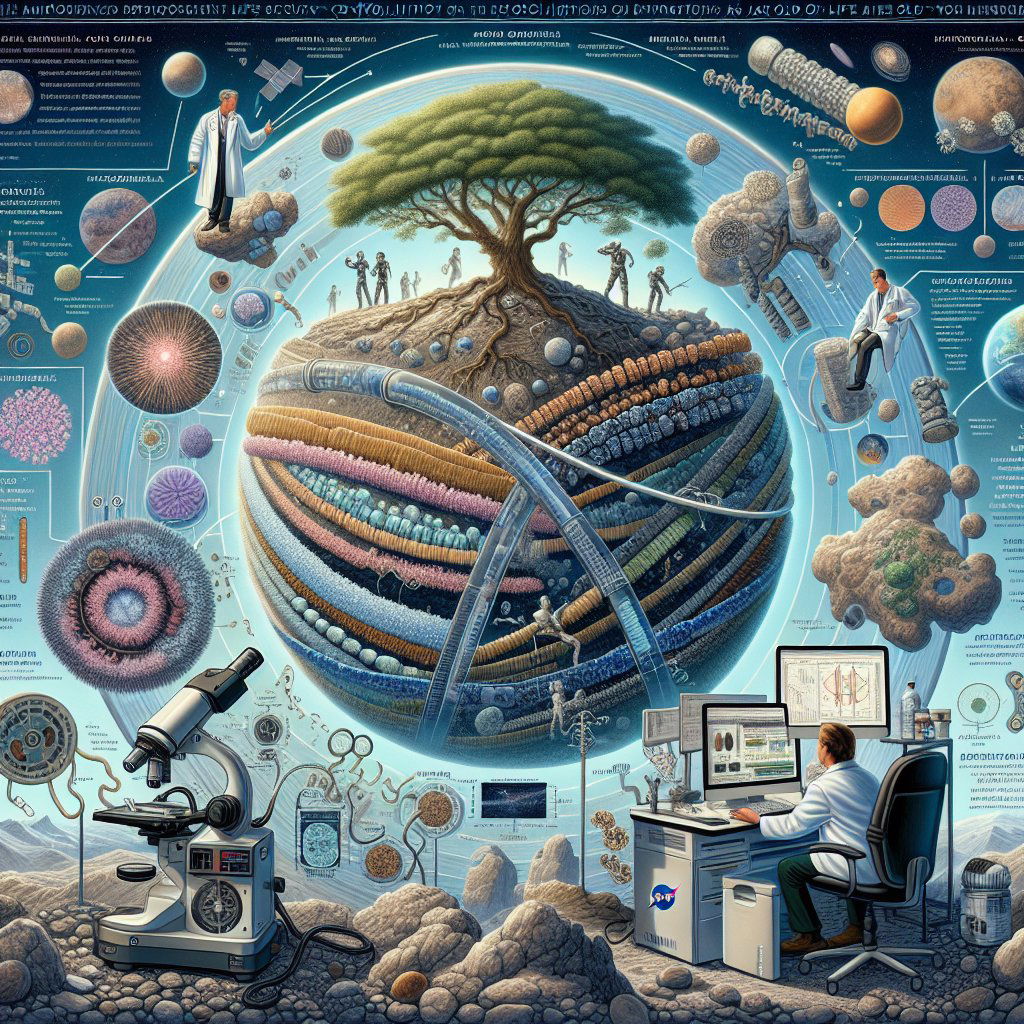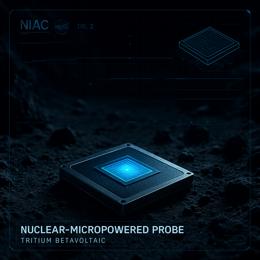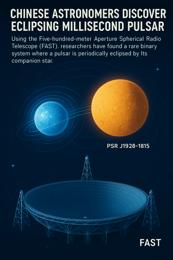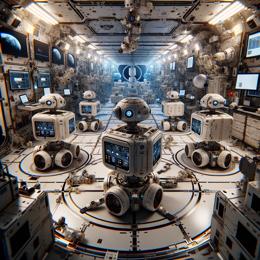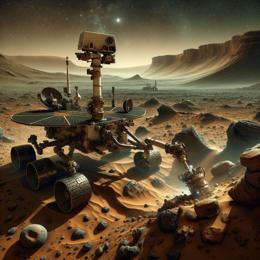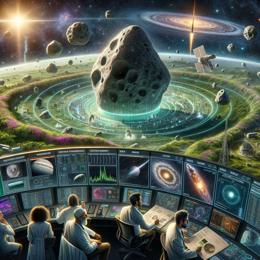Image created by AI
The Interwoven History of Microbes and Earth's Changing Environment
A recent study, backed by NASA, delves deep into the co-evolutionary dance of Earth's environment and its microbial inhabitants, divulging a relationship as ancient as life itself. The researchers have integrated a diverse array of scientific perspectives, bridging microbiology, molecular biology, and geology to disclose how microorganisms have both crafted and been sculpted by the Earth's oceanic, terrestrial, and atmospheric chemistry.
Microbial life laid the foundation for Earth's biological history, remarkably continuing to represent the bulk of Earth's biomass eons later. Despite their prevalence, astrobiologists grapple with the puzzle of microbial history, as these life forms elude the fossil record without bones or shells. Thus, they seek other clues about microbial evolution across the ages.
Astrobiologists turn to isotopic signatures embedded within ancient rocks, unearthing the metabolic footprints of bygone microbial societies. These microorganisms enact and influence the cycling of elements like carbon, nitrogen, and iron on a monumental scale, leaving behind rock records of their metabolic machinations.
The researchers in this study also looked at evolutionary trails captured within genetic material to trace the lineage of life-forms inhabiting present-day Earth. Such genetic revelations, when coupled with geobiological data from ancient rocks, illuminate the intricate ties between the maturation of the early Earth and nascent life forms.
In particular, the formation of banded iron formations (BIFs) stands out as a geological testament to microbial metabolism. Dating from 3.8 to 1.8 billion years ago, these iron-steeped layers signal an iron-rich primordial ocean and act as a barometer for microbial activity during prehistoric times.
The study offers a meticulous recounting of how microbial metabolisms rose and the effects they had on Earth's shifting chemical and physical landscape, such as how photosynthetic microbes bolstered oxygen levels, reshaping the biosphere and opening new niches for microbial exploitation, escapade, and evolution.
While detailing the profound interconnection of biogeochemical cycles entwined through Earth’s epochal timeline, the researchers acknowledge critical knowledge voids restraining a fully fleshed picture, including uncertainties about the total biomass of Earth's youth and the rise of metabolic pathways over historical and genetic vistas.
In concluding, the authors spotlight the synchronized progression of the histories of microbial life with the development of Earth's oceans, land, and atmosphere, acknowledging the vast terrains of unknowns that beckon further enlightened exploration.
The implications of this comprehensive study extend beyond our terrestrial bounds, lending insight to the enigmatic criteria for planetary habitability and aiding the hunt for telltale biosignatures in the atmospheres of remote exoplanets.
